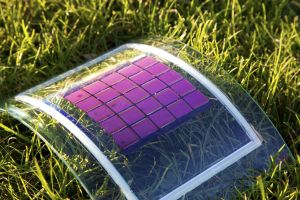•• It is one of the nearest to completion of
the CSP projects tendered under the 20
GW Indian Solar Mission, which is among
the largest renewable energy policies
passed by an emerging economy in the
last few years. The seven other CSP plants
under the first phase of the Indian Solar
Mission allow for comparative analysis
across different technology specifications
and financing solutions.
•• By awarding subsidized Power Purchase
Agreements through a competitive
reverse auction, the Government of India
was able to deploy CSP plants in a very
cost-effective way. However, it may also
have reduced margins so far that some
winning bidders will ultimately be unable
to build CSP plants.
•• It is highly innovative. It will be the largest ever plant using compact linear Fresnel, a potentially lower cost CSP technology.
•• The project is financed through a combination of private sector resources and development bank funding on non-concessional terms, which is unique for CSP.




